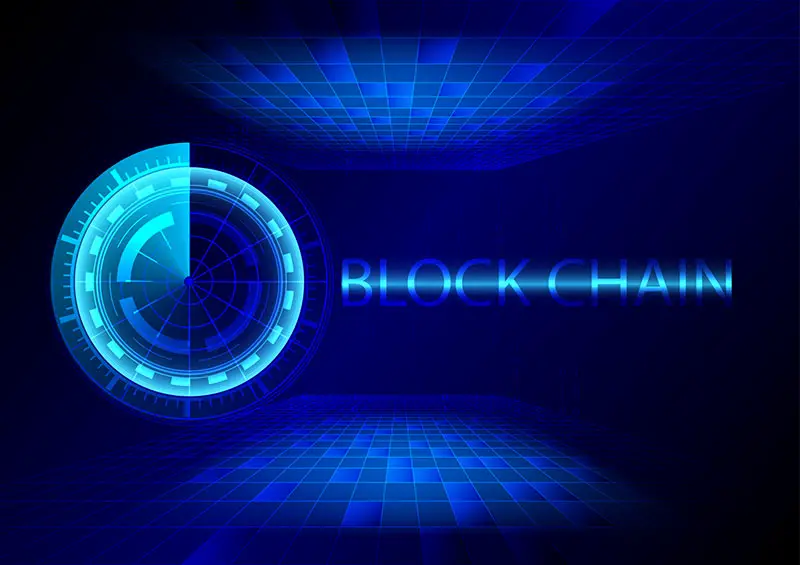Click here to get this post in PDF
For blockchains, zero-knowledge rollup (ZK-rollup) is a variant of the scaling solution. This enables faster and cheaper transactions by batching them off-chain in “rollups”, with the privacy and security of on-chain transactions. With a traditional blockchain transaction, all calculations and information are performed on-chain, prompting higher charges and more slow transaction times. Blockchain has been a revolutionary technology, but you should also know about the cons of using blockchain for businesses.
What are zero-knowledge rollups?
Talk about an important component of ZK-Rollup is a Merkle tree because, in a way, it allows ZK-Rollup to verify transactions process faster and successfully. A Merkle tree is an information structure equipped for packing enormous arrangements of information into more modest, more productive representations. In this way, the Merkle tree holds the most important data required for smart contracts, saving a lot of processing power and, at the same time, being able to drastically cut down on transaction times. Furthermore, different information that is typically put away off-chain is then checked on-chain utilizing zero-information evidence. Visually, this permits ZK-rollup to perform better compared to layer-1 blockchains, and because the blockchain can approve the transaction, the gas expense isn’t as high.
How do zero-knowledge rollups work?
ZK-Rollup clusters a few transactions off-chain and afterward work, after which it makes a cryptographic confirmation known as a zero-information verification (ZKP), which is then checked on the blockchain. ZKPs are intended to demonstrate that exchanges are substantial without uncovering the subtleties of those transactions. The center engineering of ZK-Rollup comprises the accompanying two parts:
1. On-Chain Contracts: Primarily, ZK-rollups are managed by smart contracts running on the Ethereum (ETH) network, usually a protocol. It also includes the main contract for storing data about roll-up blocks, which plays a vital role in tracking deposits made, and monitors state updates and changes. Another on-chain contract, it turns out, is the Verifier contract, which is capable of verifying ZKPs submitted by block producers. As such, ETH is considered the “layer-1” or base layer for ZK-rollup.
2. Off-Chain Virtual Machine (VM): ZK-Rollup typically uses a virtual machine for protocol transaction state storage and execution, which is quite different from the ETH Virtual Machine (EVM). In addition, the off-chain VM can act as the JK-Rollup transaction execution environment. As such, it plays an important role in acting as a “layer-2” or secondary layer for the ZK-rollup.
Zero-Knowledge Rollup and the Ethereum Blockchain
ZK-Rollup uses the main ETH protocol to:
1. Transaction Data Availability: The purpose of the ZK-rollup is to publish state data off-chain for each transaction processed. Transactions information put away on-anchor is thought of as basic to permit free and permissionless confirmation of the Layer-2 chain. This prevents malicious actors from censoring the series or freezing it. Besides, clients need on-Chen information to cooperate with the rollup. In addition, if the user does not have access to the State, he will not be able to access the data, check his account balance, or conduct any transactions that rely on the State information.
2. Censorship Resistance: Here if we talk about the efficiency of ZK-Rollup then it can make them prone to censorship risk. To avoid that, ZKP allows users to submit transactions directly to the rollup contract of the mainnet, should they suspect that they are being censored via an operator. In such an eventuality, the user can force exit the ZKP without the need to go through the operator.
3. Finality: ZK-Rollup uses Ethereum as a settlement layer. As such, proof of validity is accepted by the Layer-1 contract whenever a Layer-2 transaction is to be finalized—eliminating the risk of chain corruption by operators if detected maliciously. Since each transaction should be Accepted on the Ethereum mainnet, Layer-2 of the network guarantees the conclusiveness and accuracy of transactions. Furthermore, end-user actions performed at Layer-1 are completely irreversible.
You may also like: Blockchain Economics? Everything You Should Know
Image source: Depositphotos.com

